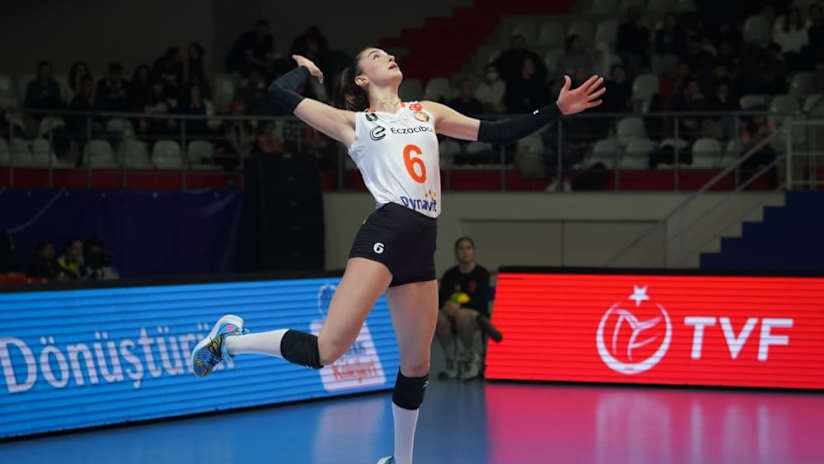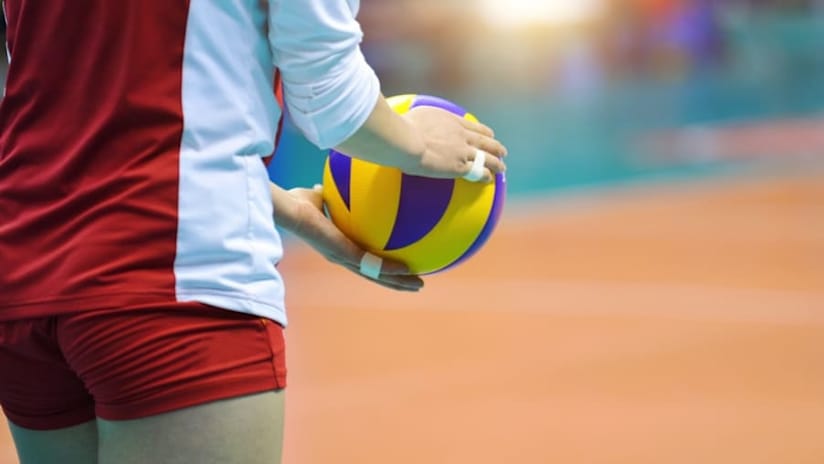What Is an Overhand Serve?
The overhand serve is a type of volleyball serve where a player strikes the ball with the palm of their hand while their arm is raised above their head. The goal is to send the ball over the net and into the opponent’s court, aiming to score points or make it difficult for the other team to return the ball.
Unlike an underhand serve, where the ball is hit with an upward swing, the overhand serve involves a more powerful downward motion. This gives the serve more speed and spin, making it tougher for the opposing team to predict and react.
Types of Overhand Serves
Float Serve
A float serve is known for its unpredictable flight path. The ball doesn't spin much, causing it to float through the air. This makes it tricky for the receiving team because it can change direction at the last second. The goal of the float serve is to confuse the opponent and force an error in the return.
Topspin Serve
As the name suggests, this serve puts a lot of topspin on the ball. The player hits the ball with a forward rotation, which causes it to dip quickly as it crosses the net. The advantage of a topspin serve is that it’s fast and difficult to return. Once the ball reaches the opponent’s side, it drops sharply, making it challenging to control.
Jump Serve
This is a more advanced version of the overhand serve, where the player jumps before hitting the ball. The jump serve adds extra height and power, making it one of the most aggressive serves in volleyball. It’s harder to master but can result in a powerful, hard-to-block serve when done correctly.







